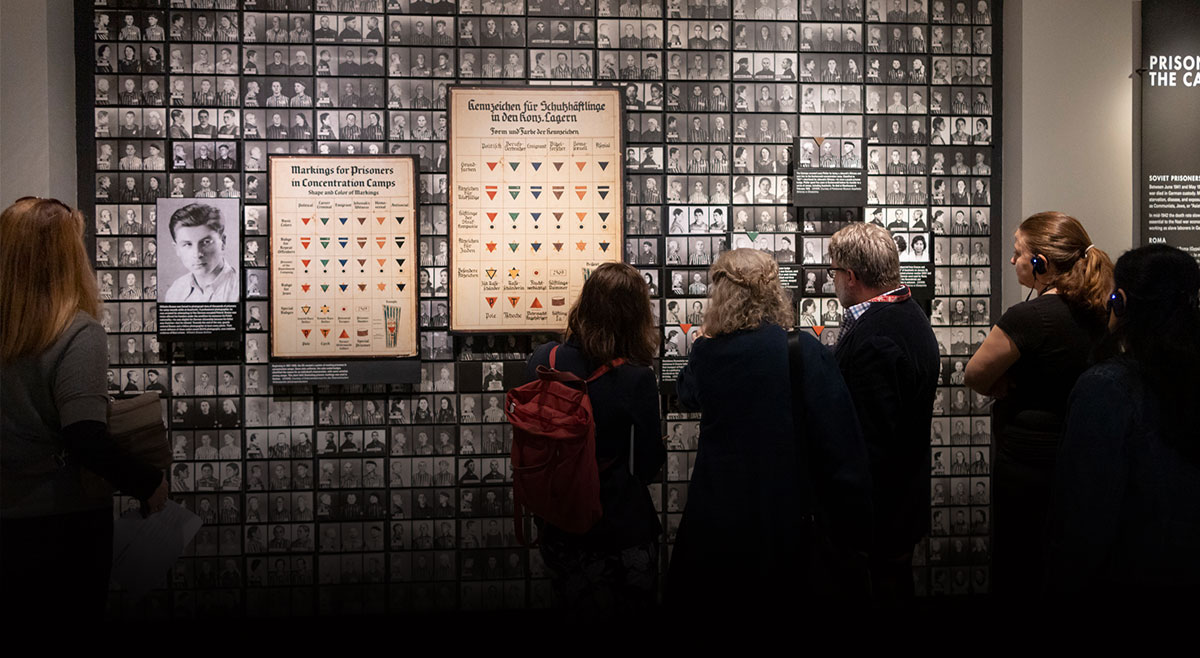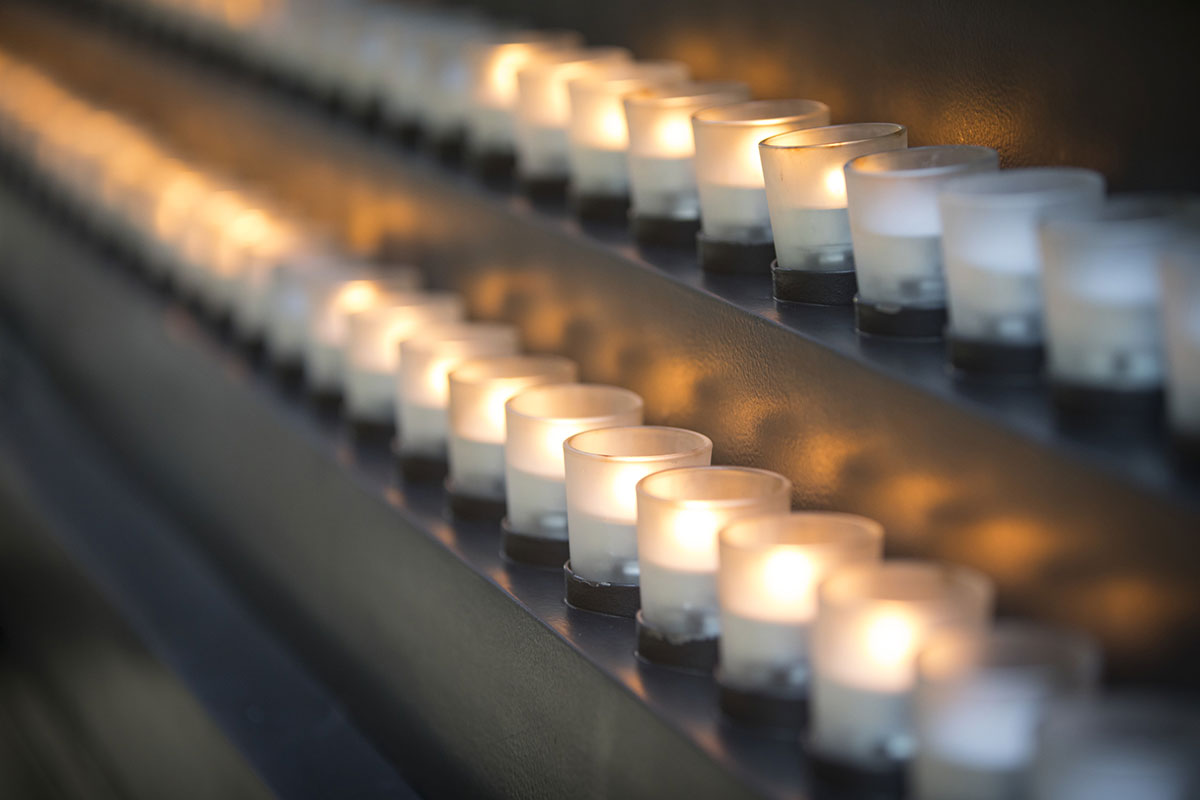“How do we ensure that memory continues to serve as a transformative force in the 21st century? This will be the central question for the Museum as it looks past its 30th anniversary. Our greatest responsibility is to keep this singular event relevant for the future.”
—Allan Holt
Since opening in 1993, the Museum has challenged more than 47 million visitors—from heads of state to students—to think critically not just about the Holocaust, but the world and their role in it. The late Jeshajahu (Shaike) Weinberg, the Museum’s visionary founding director, and his talented team created an exhibition that put the history and lessons of the Holocaust on the map in a fundamentally new way.
Three decades later, Museum visitation has become increasingly diverse and visitors today have new expectations and less core knowledge of World War II and the Holocaust. To adapt to these changes in a 21st-century audience, especially young people, Allan and Shelley Holt of Washington, DC, provided the initial funding of $20 million to initiate the complete revitalization of the main exhibition, ensuring it remains a state-of-the-art educational experience. The first step was a comprehensive audience research project to thoroughly understand those who walk through our doors.
The revitalization will take advantage of access to new archives, recent historical research, and substantial collections acquired over the past three decades. The objective is to focus on why the Holocaust happened and was allowed to happen, questions that will be illuminated through scholarship and collections unavailable in 1993. They provide crucial insights—on human motivation and decision making as well as on the failures of individuals, institutions, and governments—that shed light on how genocide became possible in a highly advanced, educated society with a democratic constitution. As the Holocaust recedes in time, the Museum is dedicated to ensuring that visitors from new generations continue to find lessons for their own lives in this history.





